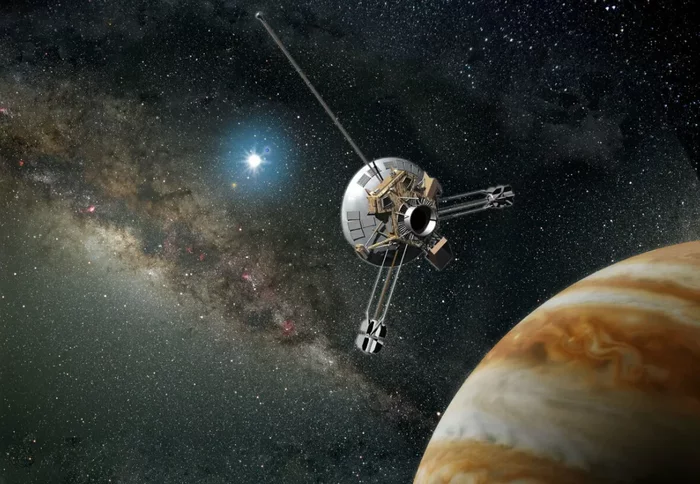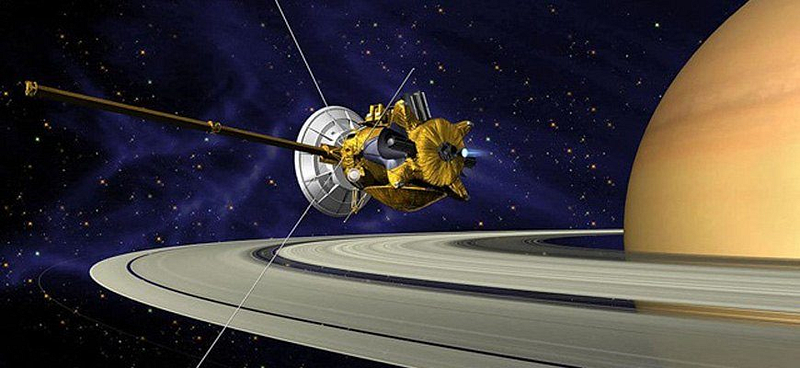Pioneer Probes: Their Journey and Current Status in Space
Written on
Chapter 1: An Overview of the Pioneer Missions
The Pioneer program was initiated to delve into the mysteries of our Solar System and the vast expanse of interplanetary space. Among the various automated spacecraft launched, the most notable were Pioneer 10 and Pioneer 11, both designed to investigate the outer planets.
Section 1.1: The Journey of Pioneer 10
Pioneer 10 was launched on March 3, 1972, embarking on its mission towards Jupiter. It made history as the first spacecraft to traverse the asteroid belt, successfully arriving at Jupiter in December 1973. During its journey, Pioneer 10 uncovered a dust belt located between the asteroid belt and Jupiter and revealed that Jupiter radiates 2.5 times more heat than it receives from the Sun.

After performing a gravity assist maneuver at Jupiter, Pioneer 10 gained enough speed to escape the Sun's gravitational pull, setting its course towards Aldebaran. The last successful communication with Pioneer 10 occurred on April 27, 2002. For nearly a year after that, until January 23, 2003, scientists managed to receive weak signals that lacked usable data. At that time, Pioneer 10 was located approximately 12.21 billion kilometers from the Sun. Attempts to regain contact have since failed, likely due to the depletion of its power source, a compact nuclear reactor.
Currently, Pioneer 10 is around 17 billion kilometers from the Sun. If it remains unimpeded on its journey to Aldebaran, it is expected to reach the vicinity of that star in about 2 million years.
Section 1.2: The Legacy of Pioneer 11
Pioneer 11 was launched on April 6, 1973, and initially followed a similar path towards Jupiter. However, it approached the planet even closer before performing a gravity assist maneuver that directed it towards Saturn, which it reached on September 1, 1979. While passing by these gas giants, Pioneer 11 gathered extensive data regarding their atmospheres and moons, as well as capturing numerous images.
Following its encounter with Saturn, Pioneer 11 set a course towards the star Deneb in the Cygnus constellation, which it is projected to reach in about 4 million years, assuming no significant obstacles arise.

Communication with Pioneer 11 ceased earlier than with its counterpart on September 30, 1995, due to a shift in the spacecraft’s orientation that caused its antenna to point away from Earth. However, calculations indicate that its power supply has not yet been exhausted, allowing it to continue transmitting signals into the vast emptiness of space. At present, Pioneer 11 is situated about 13.8 billion kilometers from the Sun.
Chapter 2: Insights from the Pioneer Missions
In this video titled "Beyond Mars KSP - Pioneer 10 & Pioneer 11," viewers can explore the remarkable journeys of these iconic probes and their contributions to our understanding of the cosmos.
The second video, "How Far Have the Voyagers Got? What Happened to Them?" dives into the current status of the Voyager missions and their connection to the Pioneer probes.
For more articles about space, feel free to subscribe to our channel and ask any questions you may have, which I will address in future articles.